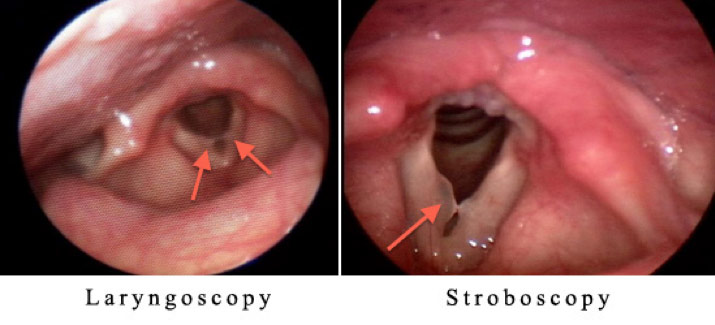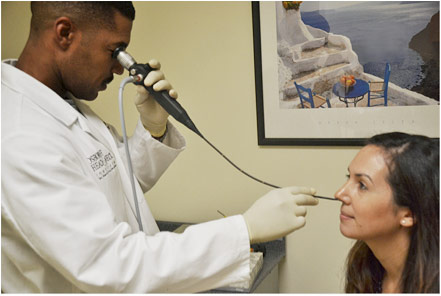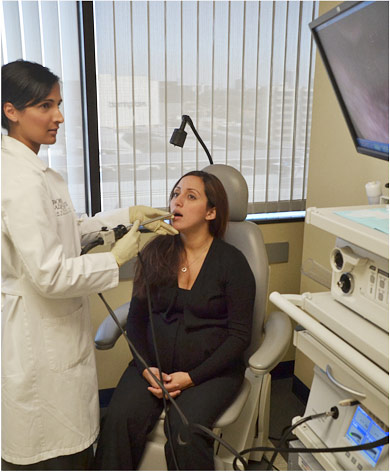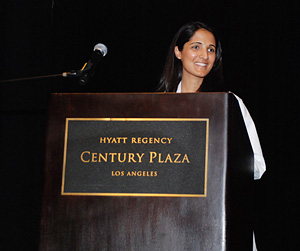- Question: How do the ingredients in e-cigarettes and vaporizers affect respiratory health? - August 16, 2019
- Bad Technique and Vocal Injury - January 9, 2019
- Is Edible Marijuana Dangerous for the Voice? Myths Dispelled - December 18, 2018
- Surprise! You have a hemorrhage - January 31, 2018
- Graves’ Disease: Treatment Overview - September 25, 2017
- Adele and the Stigma of Vocal Injury - July 11, 2017
- Vocal Curbside Consult: How does the thyroid affect the voice? - May 16, 2017
- Vocal Curbside Consult: How do hormones affect the voice? - May 3, 2017
- Vocal Curbside Consult: How do emotion and stress affect the voice? - April 17, 2017
- Vocal Curbside Consult: Vocal Recovery After Illness - April 7, 2017
How do I know if I was diagnosed correctly?
Question: A few months ago I began to feel like my voice didn’t have the same range it used to have. My voice was hoarse and raspy and seemed to get worse as time went on. These symptoms concerned me so I scheduled an appointment with my regular ENT for a checkup. He used a camera that was passed through my nose to look at my vocal folds. Afterwards he said that they looked like nodules and that I should have them eventually surgically removed. I have read that oftentimes nodules are misdiagnosed or confused with other things. How do I know if I was correctly diagnosed?
Discussion:
It is quite common for vocal fold nodules to be misdiagnosed or missed during a traditional evaluation because of the use of older technology to visualize the vocal folds. Further limiting reliability is the fact that many providers claim to be “voice doctors” with having performed advanced training in voice care. While technically any physician can examine the larynx, only a qualified laryngologist is trained to distinguish easily misdiagnosed conditions such as vocal fold nodules.
The gold standard for vocal examination is stroboscopy performed by a qualified laryngologist. A laryngologist is a physician who has completed both ENT (otolaryngology) training and subspecialty training in laryngology, the study of the voice. These specialized physicians dedicate their practice to the evaluation and treatment of the voice box (larynx).

Stroboscopy is the best instrument for evaluating vocal pathology. High definition imaging, video recording, and slow-motion visualization of vocal fold vibration are only achievable with rigid stroboscopy. The quality of the images produced by this technology is far superior to the older flexible fiberoptic laryngoscopy (FFL). Stroboscopy produces a 10x enlargement of images of higher quality while visualizing slow motion vibration. This allows a clear differentiation between nodules, polyps, cysts, granulomas, or cancer.
FFL was developed to replace indirect laryngoscopy, the use of mirrors to visualize the larynx. A severe limitation to FFL technology is that the image seen is blurry, low resolution, and often inconclusive. Further, the examiner is relying on their memory, as they are examining with their eyes, not a camera.


Evaluation by a qualified laryngologist is advised for all cases of vocal fold nodules, especially before considering a surgical intervention. This is especially true because nodules rarely require surgical removal. If you have any question or concerns or would like to know more about vocal fold nodule diagnosis, please contact the Osborne Head and Neck Institute.
Key Points:
- Vocal fold nodules are misdiagnosed or missed during typical exams because of the use of older technology
- Only a qualified laryngologist can comprehensively evaluate and distinguish easily misdiagnosed conditions such as vocal nodules.
- The gold standard for laryngeal evaluation and vocal fold nodule diagnosis is stroboscopy performed by a qualified laryngologist.
- High definition imaging, video recording, and slow-motion visualization of vocal fold vibration have made stroboscopy the best choice for evaluation of the voice.
- Utilizing traditional techniques such as flexible fiberoptic laryngoscopy (FFL), which is still used in most offices, can be a potential source of vocal fold nodule misdiagnosis.
- Evaluation by a qualified laryngologist is highly advised for all cases of suspected laryngeal pathology such as vocal fold nodules prior to proceeding with risky surgery.



